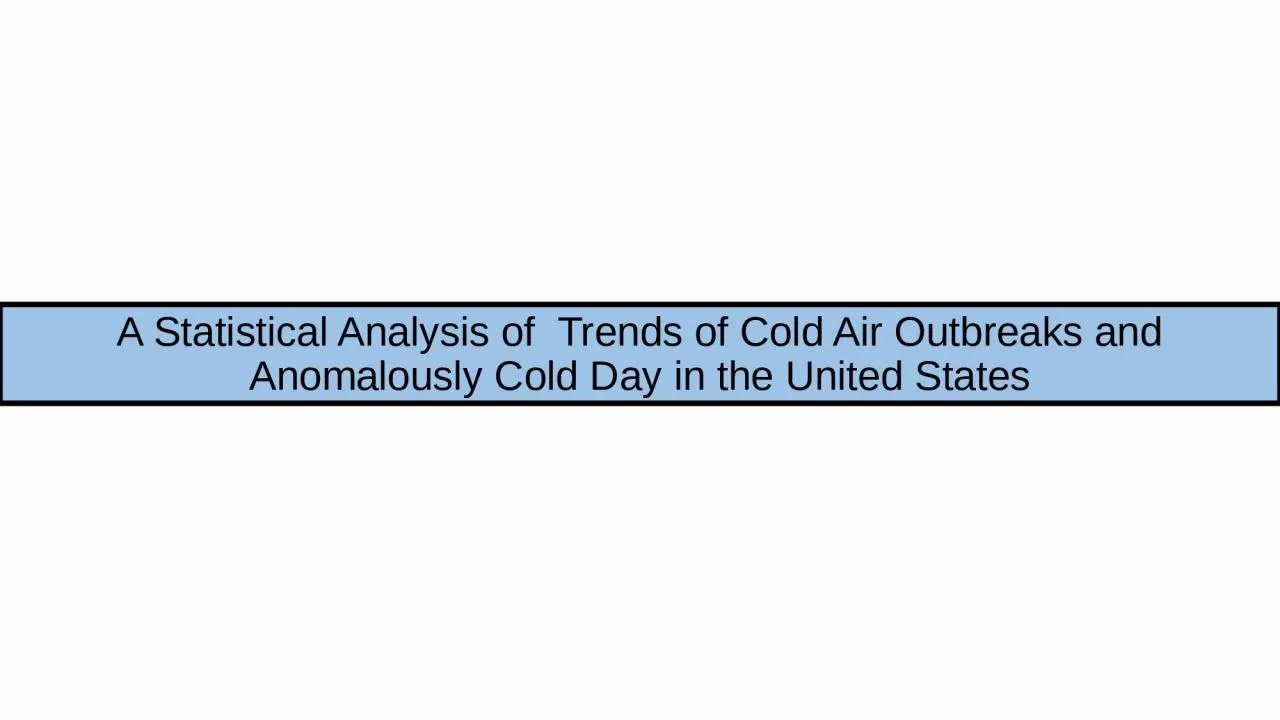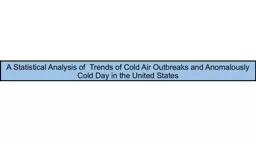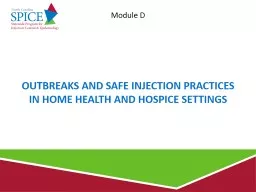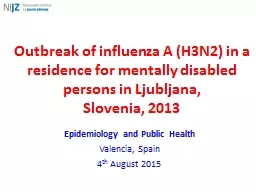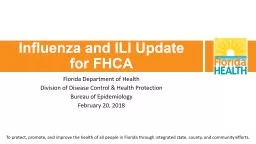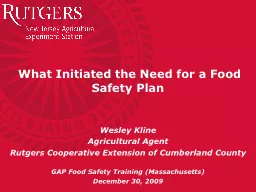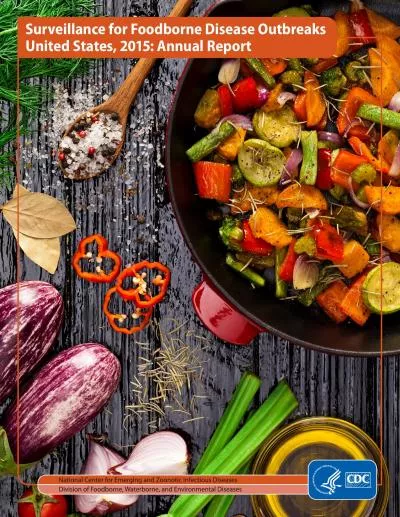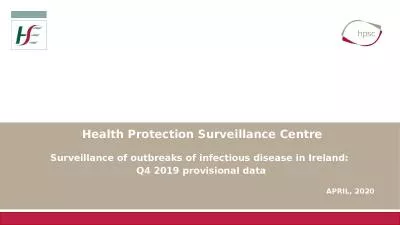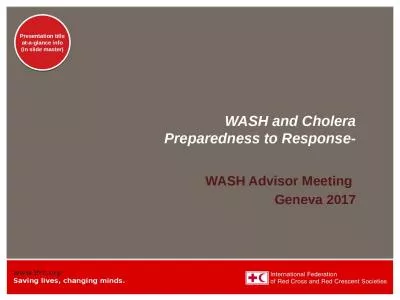PPT-A Statistical Analysis of Trends of Cold Air Outbreaks and Anomalously Cold Day
Author : singh | Published Date : 2023-07-09
in the United States Previously The Northeast region was explored to understand general trends in both a nomalously cold day and CAO frequency Trends appeared to
Presentation Embed Code
Download Presentation
Download Presentation The PPT/PDF document "A Statistical Analysis of Trends of Co..." is the property of its rightful owner. Permission is granted to download and print the materials on this website for personal, non-commercial use only, and to display it on your personal computer provided you do not modify the materials and that you retain all copyright notices contained in the materials. By downloading content from our website, you accept the terms of this agreement.
A Statistical Analysis of Trends of Cold Air Outbreaks and Anomalously Cold Day: Transcript
Download Rules Of Document
"A Statistical Analysis of Trends of Cold Air Outbreaks and Anomalously Cold Day"The content belongs to its owner. You may download and print it for personal use, without modification, and keep all copyright notices. By downloading, you agree to these terms.
Related Documents

